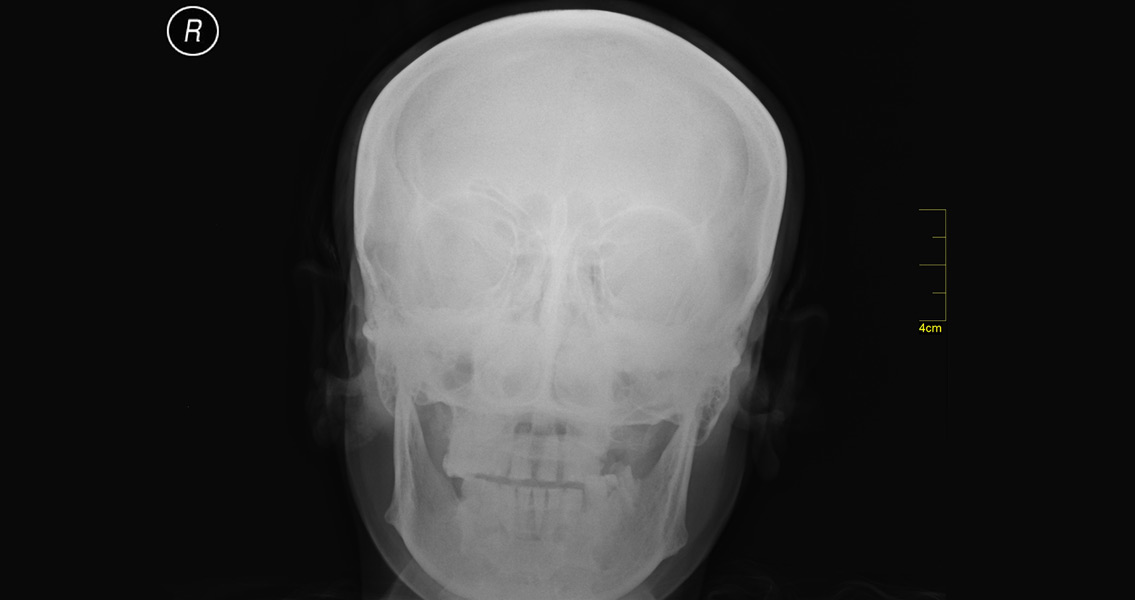<![CDATA[An international research team has revealed the earliest examples of long-term cranial fractures that resulted in an increased risk of death. Their study could eventually provide an insight into the long term effects of modern head traumas. In a paper published in Proceedings of the National Academy of Sciences, Jesper Boldsen, George Milner and Svenja Weise describe their study of skulls found in medieval Danish cemeteries, and how their findings relate to the modern study of traumatic head injuries. Their research found that a group of men living in medieval Denmark had healed head traumas. By analysing a large number of skulls, the team found that there was a surprisingly high rate of cranial vault fractures, roughly 8.9% of the sample had such injuries. That so many skulls were damaged indicates that life in medieval Denmark had been particularly violent. Strikingly, the risk of dying among these men has been calculated to be 6.2 times higher than for their uninjured contemporaries. This increased risk is about twice that of modern people with traumatic brain injuries. This increased risk would have been due to the lack of medical knowledge and support, the team stated. "Their treatment then would have been pretty much go home, lie down and hope for the best," said Milner, a professor of anthropology at Pennsylvania State University. "There was very little that could be done at that time." Mortality data collected from the skulls indicates that the initial head trauma was often accompanied by brain injury. Although brain injuries cannot be directly observed in skeletal remains - brains decompose much faster than other organs and no traces of the organs remained in the medieval skulls - they were inferred through the relative risks of dying. Brain injuries, the team stated, can signal an increased risk of death for two main reasons. Cranial trauma could change an individual's normal behaviour patterns, or, the injuries could be an indication of a person having lived a riskier life in general. For example, an aggressive man leading a violent lifestyle would be at greater risk of dying in a fight. Or, he might have sustained a brain injury from a skull fracture that predisposed an early death. It is not clear, however, whether the Danish men died as a direct result of their injuries. Traumatic head injuries have been in the news recently, particularly in terms of the long-term impacts reported by athletes. These injuries are also common in soldiers and the victims of car accidents. According to the team, their research "provides a means of measuring the extent, hence consequences, of excess injury and disease-related mortality across the full range of human societies extending into the distant past." It is hoped that their analysis of medieval skulls can help us to understand the long term implications of modern violent head trauma and improve treatments. "What we want to do is to be able to obtain figures or statistics that are comparable to those of today to give us a long-term perspective of pathological conditions of various sorts," Milner said. To date, no estimates of the long-term effect of cranial fractures on the risk of dying have been generated from historical or prehistoric skeletons. For more information: Image courtesy of Wikimedia commons user: Nevit Dilmen ]]>
Medieval Skulls Reveal Brain Injuries
